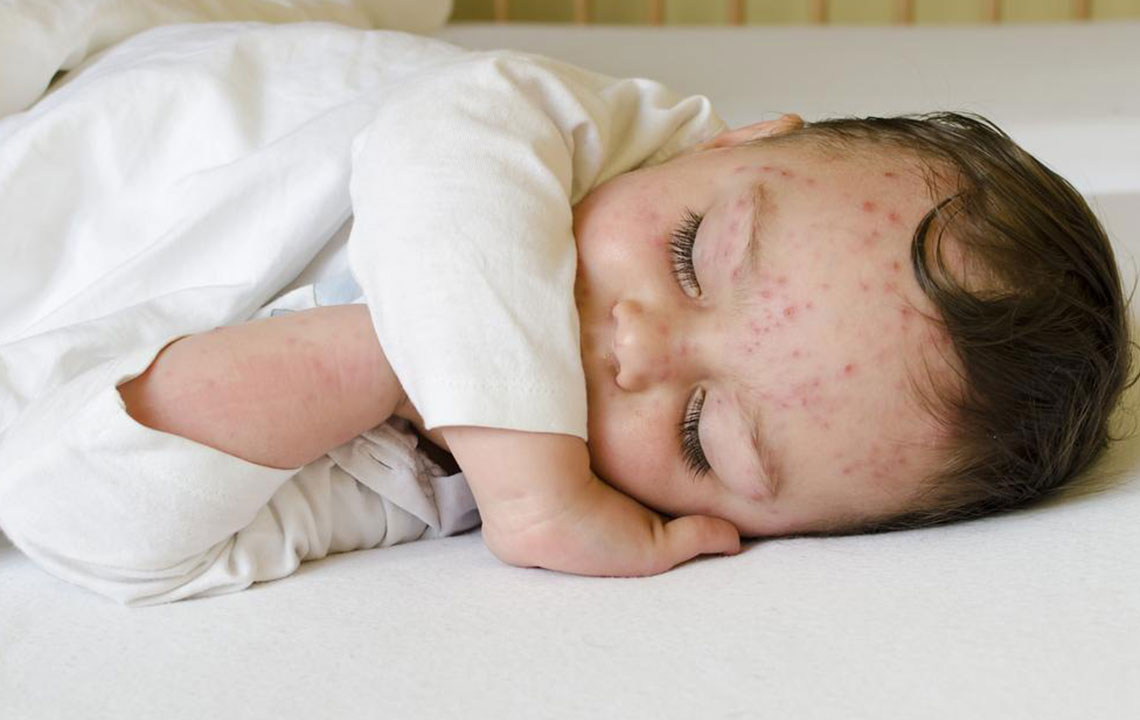Effective Strategies for Managing Infant Skin Rashes
This article offers practical advice for parents on identifying and treating common infant skin rashes such as diaper dermatitis, heat rash, and facial pimples. It emphasizes prompt diaper changes, gentle cleaning, and moisture application while cautioning against self-treatment without professional guidance. Clear methods for managing dry skin and preventing heat rash are also included to help keep babies comfortable and healthy. Proper skin care routines can significantly minimize discomfort and promote infant well-being.

Effective Strategies for Managing Infant Skin Rashes
Infants often experience skin rashes due to their sensitive skin. These rashes can arise from various causes, leading to different types. Recognizing common rash types helps in proper care and treatment. Below are some typical skin rashes affecting babies:
Diaper Dermatitis
Diaper rash occurs when the skin around a baby’s diaper area becomes irritated. Causes include tight diapers, prolonged wetness, and allergies to detergents. To prevent this, change diapers promptly when wet and keep the area exposed to air.
Applying a petroleum-based ointment during diaper changes can soothe the skin.
Facial Pimples and Whiteheads
Small pimples or whiteheads on a baby’s nose or cheeks usually resolve naturally. If they persist, avoid oil-based lotions and instead use gentle soap with water daily to clean the face.
Dry Skin
Dry skin may appear as part of a rash but is common in post-term infants. Keep skin moisturized and avoid soaking your baby in water for long periods.
You can improve dryness by applying a gentle moisturizer after baths and limiting water exposure.
Heat Rash
If reddish or white bumps appear on your baby, heat rash could be the cause. Excess heat blocks sweat ducts, causing these bumps. Cool baths, removing excess clothing, and allowing airflow can help reduce heat rash discomfort.
Note:
The information provided about symptoms and treatments is for educational purposes only. It should not replace professional medical advice. Always consult qualified healthcare providers for proper diagnosis and treatment options.










